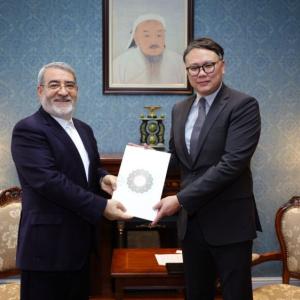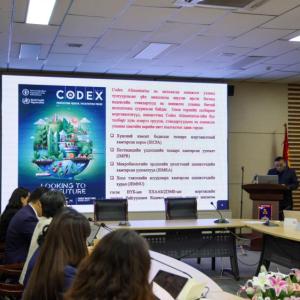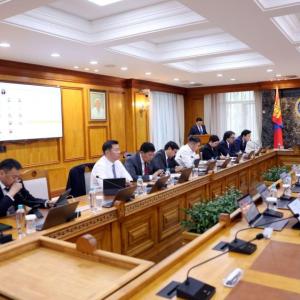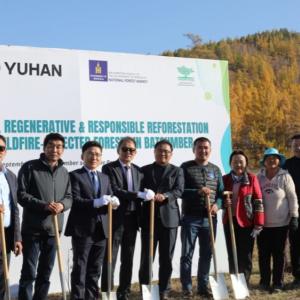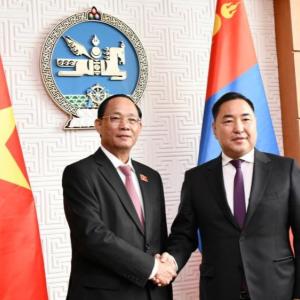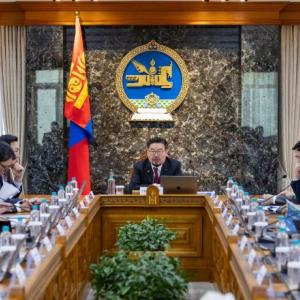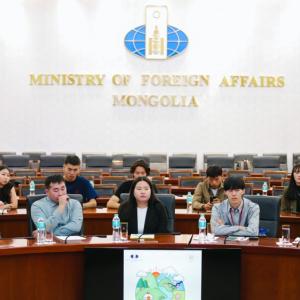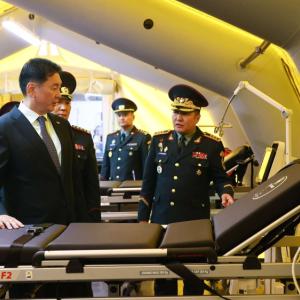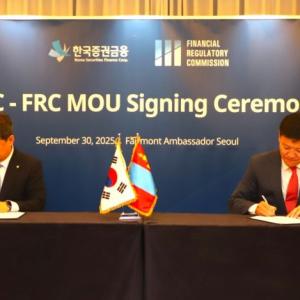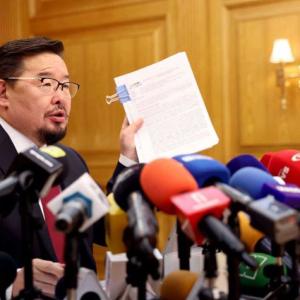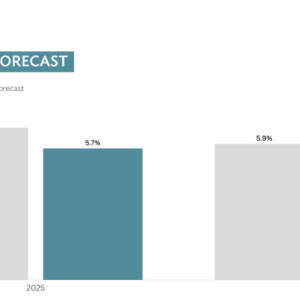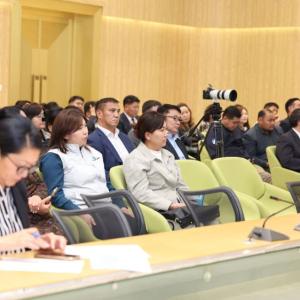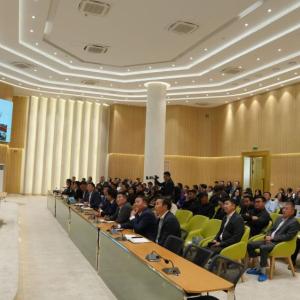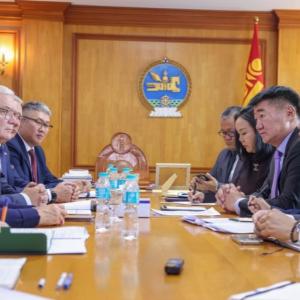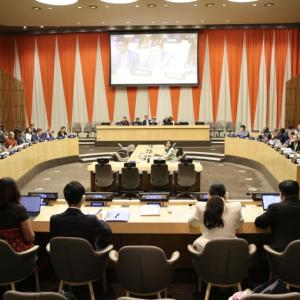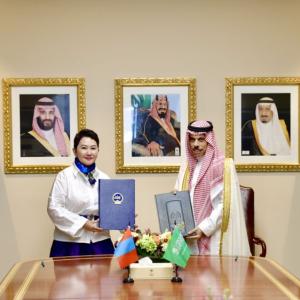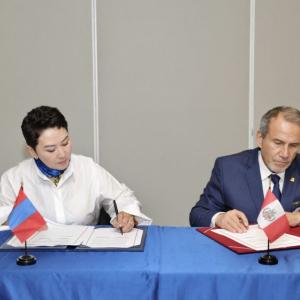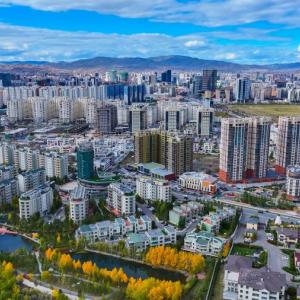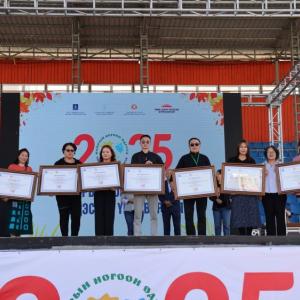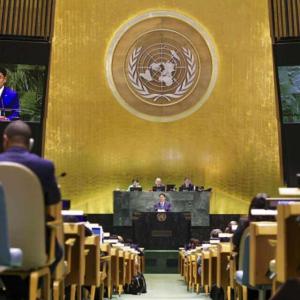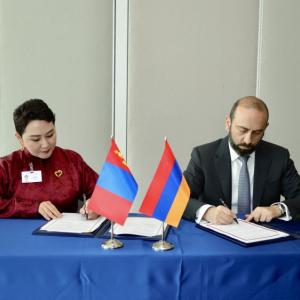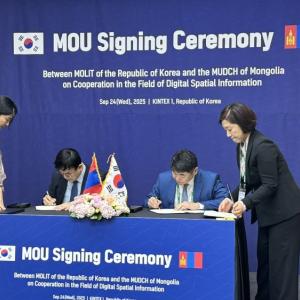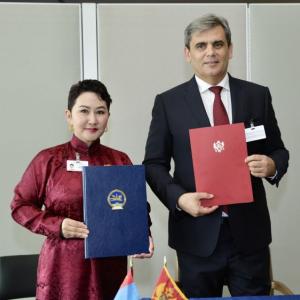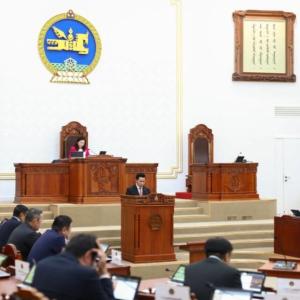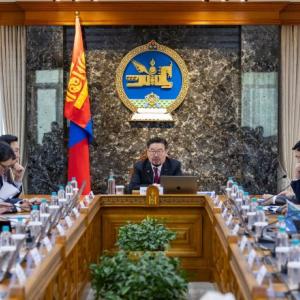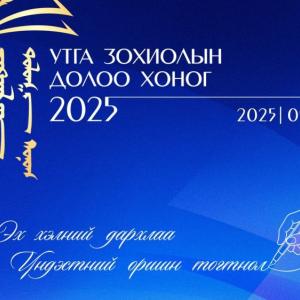Developing the Next Hot Destination in Global Higher Education
SocietyUlaanbaatar /MONTSAME/ Braving temperatures of -10 to -20 degrees centigrade, a very special edition of QS Xchange kicked-off in Ulaanbaatar, Mongolia on 5 November 2018 at the campus of the National University of Mongolia. Co-hosted also by the Mongolian National University of Medical Sciences and with the theme “Journey to Global Prominence: Internationalizing Mongolian Higher Education,” the seminar offered an opportunity for Mongolian government and higher education leaders to get to know QS, and for QS to better understand the developments taking place in Mongolia.
Mongolia isn’t exactly at the centre of the global higher education landscape, as a country of just over 3 million people, it has precisely 0 universities in the entire QS World University Rankings. But being small is not necessarily a barrier to developing a world-class higher education sector, as Singapore, an island nation of just 721 square kilometres (Mongolia is 2,168 times larger!) has shown. Singapore has 2 universities in the QS World University Rankings top-100, which is more than Russia, India and Italy combined.

To share more about the Singapore higher education story, three speakers from Singapore took centre stage at QS Xchange: Ms. Mandy Mok, CEO of QS Branding & Conferences, speaking about “Telling Your Story: Going the Distance with Branding & Reputation”, Mr. Samuel Wong, Senior Researcher, QS Intelligence Unit, speaking on the QS Rankings Methodology and Ms. Jenny Hallen Hedberg, Director of the Office of International Affairs, Nanyang Technological University (NTU) speaking about NTU’s internationalization strategy. NTU is currently ranked #12 in the QS World University Rankings.
A common theme throughout the presentations was the multipronged nature of a university’s rise in the rankings: research and education are very important, but so are international branding and partnerships. A university can develop fastest when it invests in both areas and follows a strategy where both sides can leverage on each other.
While the Mongolian story of higher education development will undoubtedly be different from Singapore’s, Mongolia benefits from its strategic location between Russia and China, a young and growing population, and a government committed to investing and upgrading its higher education sector following a period of readjustment after its transition from Communism. So even at temperatures of -10 to -20 degrees below centigrade, Mongolia could indeed develop into the next hot global higher education destination. QS will certainly be watching its development closely.
source: QS Asia News Network

 Ulaanbaatar
Ulaanbaatar


